There is no single opinion about which country is the birthplace of Schitt-Luka - China, Eastern Siberia or North Mongolia. In any case, this culture is common today everywhere. There are two varieties of plants - Alpine and Siberian. We have a culture known under several names. Someone calls her "Rezun", others - "Cutter". But still the most popular name is Schitt-Bow. Next, we will talk about the peculiarities of growing this plant.
Culture characteristics
This culture refers to perennials. Its sheets are narrow hostlike shapes can grow up to 45 cm. The bulb has an extended shape, smoothly goes into the stem. Several bulbs in the bush are tightly adjacent to each other. The first socket is highly branched, and the second, on the contrary, branches weakly, but the leaflets are larger on it. At the bottom of the adult saplings, there is a thickening with a diameter of up to 0.9 cm, covered with dry scales.
This bow is known for its frost resistance. It is able to survive even at very low temperatures characteristic of the Far North. At the arrival of spring, the bulb wakes up, and it happens quite early. Young shoots can withstand freezes to -3 ..- 5 degrees. In one place, the culture can successfully give greens for 8-9 years. Nevertheless, it is recommended to transplant the plant to another place every three years, because In the following years, a decrease in yield and quality is noted. Seeds appear only for the second year after landing.
This arrangement of the bow is grown and used for a very long time. Unlike other countries, we are planted in small volumes. Although this plant has many useful properties. In particular, it is valued for a full-fledged chemical composition. Schitt-bow rich in proteins, which, in turn, contain substances such as methionine, lysine, tryptophan, histidine and arginine. In addition to proteins in greenery there are various sugars, mineral salts, zinc, manganese, iron, carotene, boron and vitamin C. As in other types of Luke here contains phytoncides, which play an important role in the treatment and prevention of various colds. But this is not limited to its use in medicine. Thus, the culture is included in the medical nutrition, which is prescribed for diseases of the gallbladder and kidneys.
This plant perfectly feels in our climate. In particular, it can no problem be overwhelmed in the open soil. And the older the culture, the lower the low temperature it can withstand. So, if young sprouts feel good in front of freezes to -3 degrees, then adult seedlings are withstanding twice as lowest temperatures. It is thanks to these properties that fresh greens of plants can be removed from the bed even at the end of the autumn.
If you want to grow in a short time the greens of the Schitt-Luke in a short time, then first of all you need to cut the leaflets on which the arrows with seeds have already been formed, then mineral fertilizers are introduced into the ground to the landing place, then it is necessarily loose and watered. Without it, it is impossible to get a good harvest. If the culture is not enough or not to water at all, then the leaves will become rude and cannot be used when cooking.
It will be useful to make organic and mineral feeding. It is best to do this when plowing the soil. This Schitt-Bow refers very well. Responsive by him and to feeding in spring nitrogen fertilizers. Better for this pre-sowing soil processing. Any green onion is grown to produce green arrows, no exception to the Schitt-bow. As for the bulbs of this plant, they are usually not used anywhere and just throw out.
Culture has a big ability to branch, which can occur even in the first year after landing. And the older the plant, the more escapes it. So, two-year-old seedlings have up to 25 branches, three-year-olds - up to 90, and earlier - 120-140 shoots. Because of such a strong branching, crops become dense, which makes a problematic plant care. In addition, it negatively affects yields. The fact is that the leaflets become small. Therefore, in one place, the culture is grown not more than 3 years.
All stems of one plants go to a short but massive root. But after ripening seeds, the root system starts upgrading, i.e. Old roots die and young people appear. Thus, by the end of November, a powerful root rod is formed, largely due to which the plant without any problems in the open soil. As a result of the branching and weave the roots under the bush, a solid turf is formed, thanks to which it is possible to separate shoots from the main bush without any problems.
Onion Schitt: Growing and Care
Reproduction of culture
Basically use two types of reproduction - with seeds or division of bushes on the part. When using the first method, much attention should be paid to the soil. The fact is that the seeds of this onion are very small, smaller than that of the repressed "fellow". For this reason, it seems to appear weak. Moreover, they are important to have to protect from weeds. After the collection of seeds, they retain the germination of up to 2.5 years. Seeds are usually planted as early as possible, when the soil is allowed. They put them in the wells, between which they leave a small distance. In the summer you can plant seeds that were collected recently, without prior preparation, but this option usually does not give good germs.
If it is possible to grow onion to the winter, it is possible to grow in the open ground, then specially equipped greenhouses will be required for this. In urban apartments, you can grow a shitt onions on the windowsill. For this purpose, a plant is planted, which was dug in the fall, after which the greens is cut and leveled roots.
As for the second method of reproduction of culture, namely, with the help of the division of the bush, it is worth learning several important rules:
- So, you should not keep the bulbs for a long time after digging because They can start grew. This is possible due to the defeat by some ailments, and in particular, rust, milderous dew, mining moth and onion flies.
- In addition, for the landing, the soil must be prepared, namely, aligned and sealed.
- In the fall, manure or peat maker in the calculation of no more than 55 tons per ha. In addition, at this time, phosphorus and potassium salt are added to the soil. At the offensive of spring, the land "feed" ammonia Selitra.
- When seedling will be planted, it is necessary to pour it out, and during the whole summer, do not forget to periodically loose the soil between the rows.
Onion Schitt: Growing
Consider in detail how to plant the bow of the Schnitt. The best period for disembarking seeds is the middle of spring. But before that time, they need to be prepared. In order for them to sprout faster, they are soaked for day. During this time, the water changes three times. Flashing seeds for the first soaking are considered empty. Therefore, they just throw out. When soaking, the landing material should only take a third container. The remaining volume is filled with water. Then the seeds need to mix well with water, after which they should give them to stand. After a day, they are dried and planted in a place in the soil, which must also be prepared. The depth of planting seeds is about 2 cm.
If you do not prepare the soil, it is hardly worth waiting for a good harvest. Preparatory activities, in particular, include the looping of the Earth to the depth of 0.5 cm. It cuts the weeds. However, usually after such a procedure, weaning herbs again sprout again. Therefore, loosening is repeated.
After about a couple of weeks, the land plow. If by this time the weeds have time to germinate, then the soil is cultivated. Early spring before planting seeds, conduct water delayed work. This will make it possible to get rid of weeds, as well as create conditions for uniform seeding of seeds.
Before sowing, the soil should be compacted and leveled. Right time for sowing the seeds for a few years. Thus, it can be done in the spring when the snow melts in the middle of summer, and in the late fall. Planting seeds in the hole, located on the 1 series. Between the holes should be at least 25 cm, and between adjacent rows of at least 40 cm. Annual plants can be planted in rows with a distance of at least 35 cm between them. The same applies to the two-year plants. For perennials, this distance can be increased up to 50 cm.
For the distillation in the green onion not stored in damp cellar at a temperature of not higher than 1 degree. If you violate the temperature will start to grow greens ahead of time, because of what appears on the bulbs rot. For normal development of the root system of the soil layer should be at least 20 cm. Distillation can be successful in the apartment on the sill, and in greenhouses. In either embodiment, it usually begins in December. Annuals for distillation is not suitable, only two- and three-year variety. When forcing bulbs are planted close to each other. Due to this on one sq.m. It can grow up to 8 kg of green. After planting, do not forget about watering - water should have a temperature of about 30 degrees.
Onion chives: Care
On heavy soils when rains, soil crust formed on the surface, which prevents the bow sprouting. For this reason, it is recommended to mulch the ground. For this purpose, suitable sawdust, pine needles, humus or peat. Alternatively, you can just in time proryhlit it between the rows. In general, timely loosening of soil - it can be said, the basic rule of care sowing and planting. In addition, care involves weeding, watering and fertilizing. During the first year after planting the crops need to thin out.
When sowing seeds harvest usually only start to shoot from the second year. If onions are planting vegetatively, the leaves are collected selectively in late May. Care include loosening of soil between rows of arrows cutting and cleaning of weeds. In addition, in the early spring is recommended to remove dead leaves. Loosen and water preferably after each cut shoots. This is usually done twice per season. Additionally, introduced mineral and organic fertilizers. And it recommended the introduction of these and other alternate.
As far as culture is neither grown, she needs abundant watering. Unlike other species of Luke, Schitt-Luca leaflets are growing for a relatively short time. The timing of their maturation is highly dependent on the temperature regime. In particular, at a temperature of +21 degrees and above, fresh greens can be cut off in a couple of weeks. It should be noted that the use of the Schitt-Luca is not limited to the use of greenery during cooking. After all, it is still used as a decorative plant capable of decorating the beds and flower beds. This is possible due to the fact that the seedlings have beautiful inflorescences in the form of a round outlet. Moreover, they look well both in the form of individual plants and as part of garden compositions in a group with other low-voltage plants. Inflorescences are great for use in winter bouquets. After all, their coloring after drying is practically not changing. In addition, there are many nectar in the colors of this bow, which makes it an excellent honey.

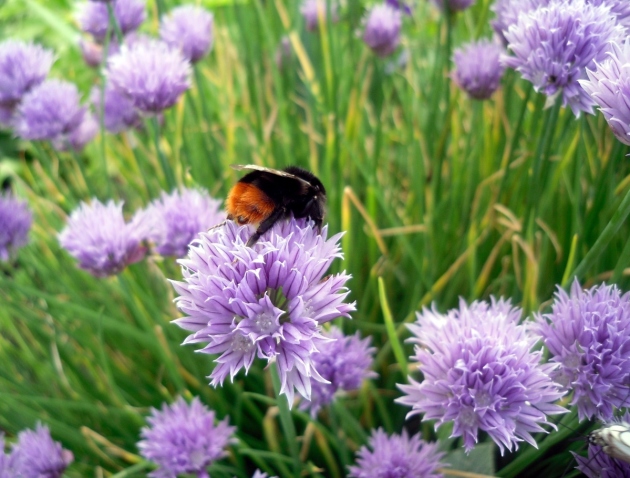
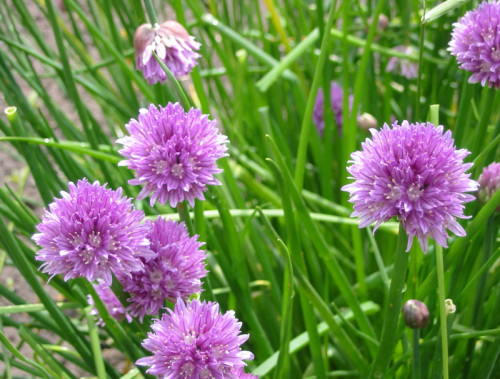
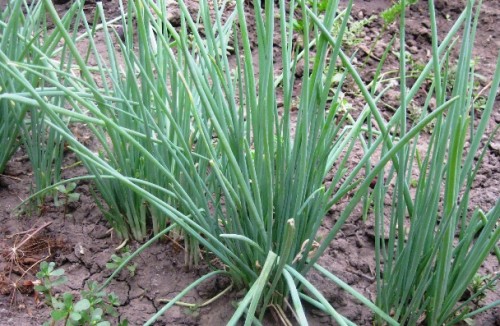
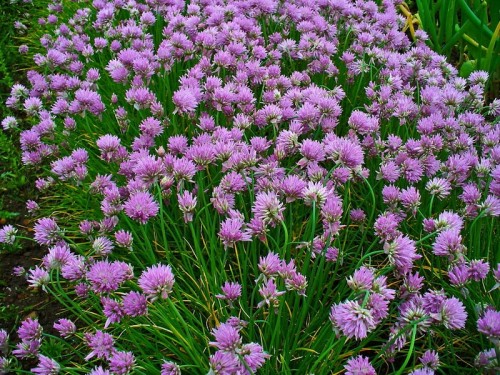
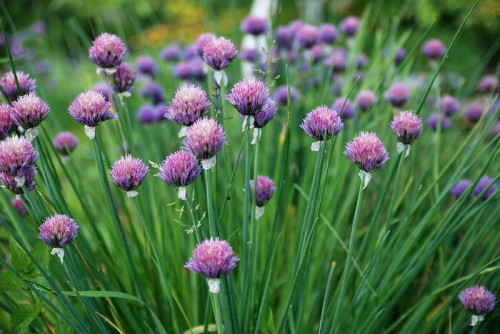
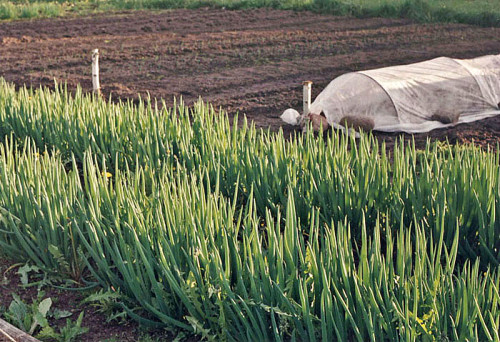

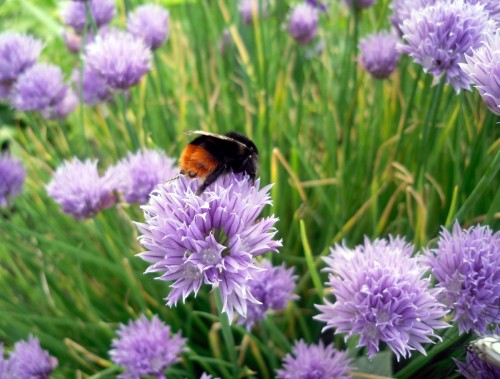












 Start a discussion ...
Start a discussion ...